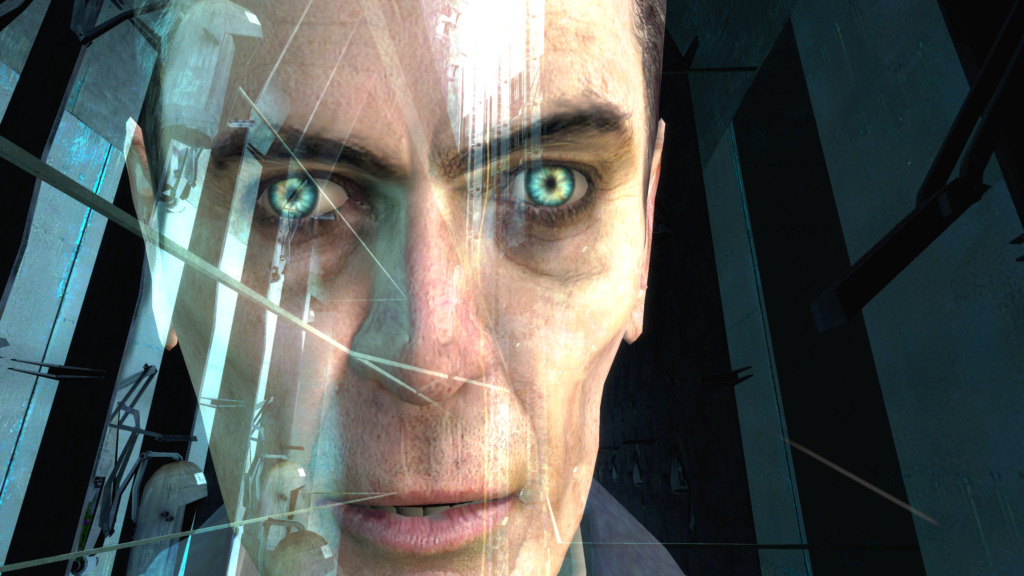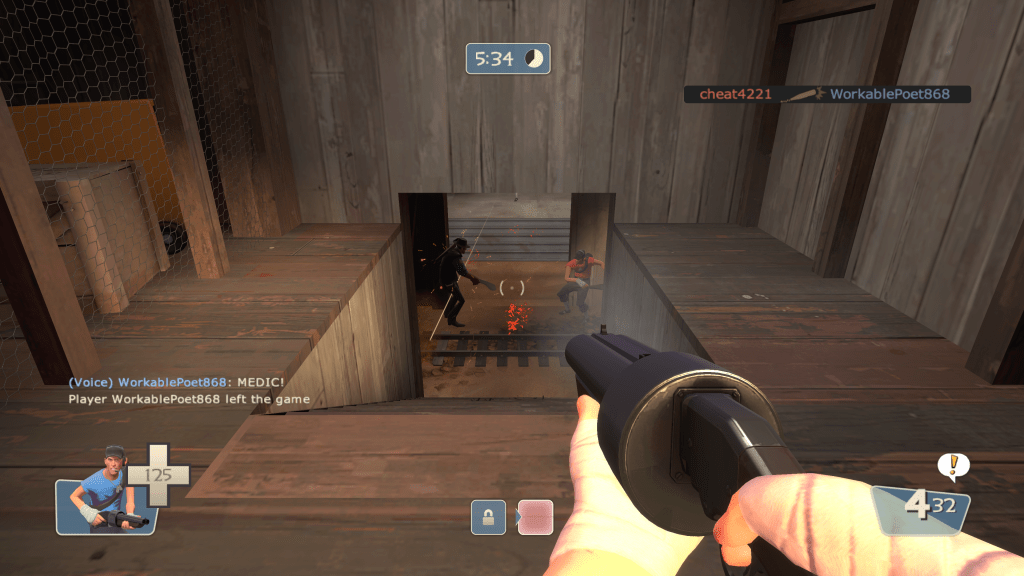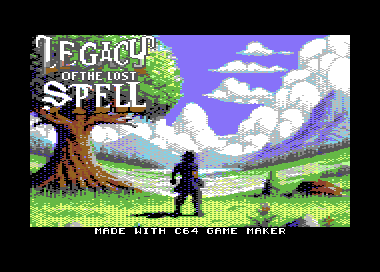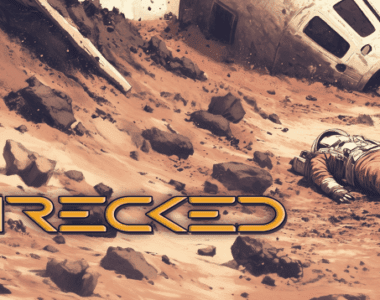

Valve introduced Half-Life 2 in 2024, setting the stage for a groundbreaking first-person shooter that follows the journey of Gordon Freeman, a formerly unassuming scientist now thrust into a global conflict against an otherworldly species known as the Combine. This game captivated players with its thrilling gameplay and innovative approach, reshaping the FPS genre for years to come. Just as DOOM revolutionized FPS games in the 1990s, Half-Life 2 raised the bar for a whole new era, demonstrating the immersive potential of the genre.
The Right Man in the Wrong Place
Despite the seemingly straightforward alien invasion premise, Half-Life 2 weaves a complex narrative as Freeman embarks on a quest to aid the human resistance, delves into advanced technology, and navigates the harsh realities of his changing world. The game distinguishes itself by delivering a story that is easily digestible and always experienced through Freeman’s eyes. Rather than distracting cutscenes, crucial plot points unfold seamlessly during gameplay, immersing players in the evolving drama. With lifelike animations and detailed environmental design, characters like Alyx Vance come to life, while subtle background details, such as the enigmatic G-Man observing Gordon, add depth to the experience.
The game’s engaging narrative, intricate visuals, and immersive atmosphere culminate in an experience that is enhanced by its gameplay and action. Unlike the linear structure of previous FPS games, Half-Life 2 offers expansive, interconnected levels filled with surprises and diverse tones. While the combat may not be groundbreaking by today’s standards, it remains enjoyable, and the game constantly introduces new elements to keep the experience fresh. The revolutionary physics system, especially showcased through the Gravity Gun, allows players to manipulate various objects, adding depth to the gameplay. Memorable sequences, such as navigating city canals by airboat or escaping the eerie Ravenholm, are complemented by grand set-piece moments, heightening the action.
A Post Half-Life 2 World
The impact of Half-Life 2 was immediate, inspiring other major titles to adopt its narrative-driven approach with success. Games like Bioshock, Crysis, and Call of Duty 4: Modern Warfare benefited from the shift towards rich storytelling and immersive environments, marking a significant shift in FPS game design. Throughout the 2000s, Valve continued to shape the future of FPS games with the Source engine, introducing new sub-genres like the “hero shooter” through titles like Team Fortress 2 in 2007. Today, hero shooters like Overwatch and Marvel Rivals dominate the gaming landscape, showcasing the enduring influence of Half-Life 2.
As we enter the 2010s and beyond, Half-Life 2 continues to shape the FPS landscape, impacting the expectations for single-player experiences in the genre. While traditional narrative-driven FPS games face challenges in a market dominated by online multiplayer and live service models, the legacy of Half-Life 2 remains undeniable. Without this game and the innovative Source engine, FPS games would look vastly different today. Fans can only hope for the long-awaited Half-Life 3 to conclude Gordon Freeman’s story, though the chances of this dream becoming reality remain uncertain.
Related
Original article by www.oldschoolgamermagazine.com



